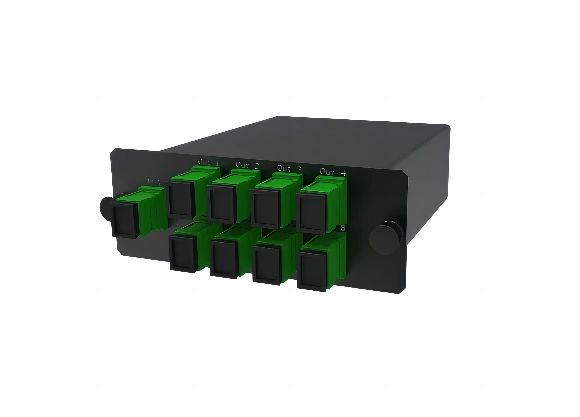Introduction: Understanding the Types and Selection of Trunk Cables

Trunk cables play a crucial role in transmitting high-speed data and voice signals within data centers and telecommunication networks. When it comes to trunk cables, two popular options are MTP (Multifiber Termination Push-on) and MPO (Multifiber Push-on). This article provides a comprehensive comparison between MTP and MPO, highlighting their differences, usage scenarios, and key selection factors, assisting in making informed decisions for implementing trunk cables.
Differences between MTP and MPO
MTP and MPO cables are often used interchangeably, but they possess some distinct variations. MTP connectors have a higher performance and are designed specifically for fiber optic networks, while MPO connectors are standardized for both fiber and copper cabling. MTP cables have a more precise alignment mechanism, resulting in lower insertion loss and higher data transmission rates compared to MPO cables. Moreover, MTP connectors come with a customizable configuration option that allows fiber count optimization based on specific requirements.
MTP Connector Advantages:
- Superior performance for fiber optic networks
- Precise alignment mechanism for lower insertion loss
- High data transmission rates
- Configurable fiber count based on specific needs
MPO Connector Advantages:
- Versatile design suitable for both fiber and copper cabling
- Simpler installation and compatibility
- Cost-effective option for certain applications
Selecting the Right Trunk Cable for Your Needs
Choosing between MTP and MPO connectors depends on the specific requirements of your network. Here are some key factors to consider:
Application Requirements:
Prioritize your network application needs. If you require high-performance fiber optic connections with lower insertion loss, MTP cables are the preferred choice. However, if your network supports both fiber and copper cabling requirements and cost-effectiveness is important, MPO cables can be a suitable option.
Future Scalability:
If your network demands future scalability and flexibility, MTP connectors offer an advantage due to their configurable fiber count feature. It allows you to scale up or down easily without replacing the entire cable infrastructure.
Installation and Maintenance:
MPO connectors have a simpler push-on mechanism, enabling easy installation and maintenance when working with various cable types. Conversely, MTP connectors may require professional expertise during installation and ongoing maintenance.
Budget Considerations:
While MTP cables generally offer superior performance, they can be more expensive than MPO cables. Assess your budget constraints and choose accordingly, keeping in mind the specific requirements of your network.
Conclusion
In summary, selecting the right trunk cable involves a careful assessment of your network's requirements, performance expectations, scalability needs, and budget constraints. MTP cables provide superior performance and scalability options, especially for fiber optic connections, while MPO cables are versatile, cost-effective, and suitable for mixed fiber and copper cabling environments. By considering these factors, you can make an informed decision and deploy the most appropriate trunk cable solution for your network infrastructure.



